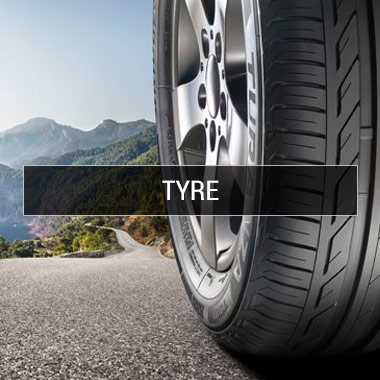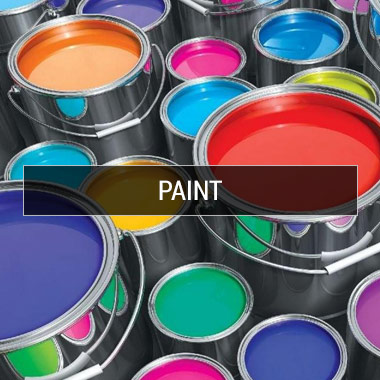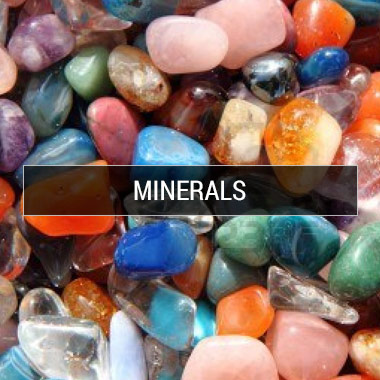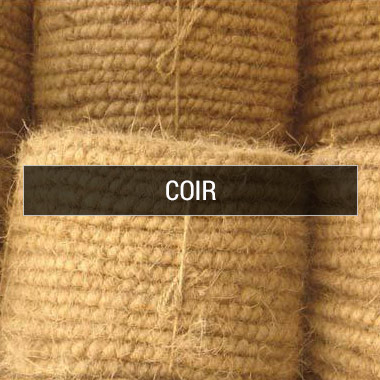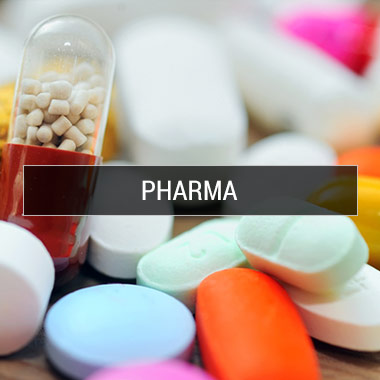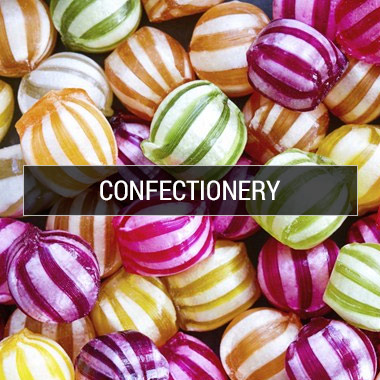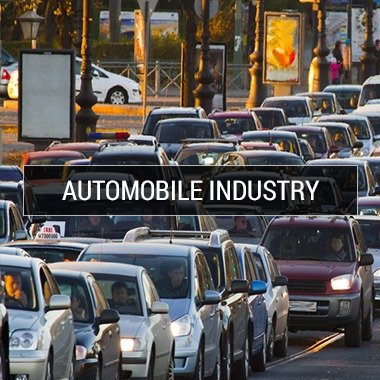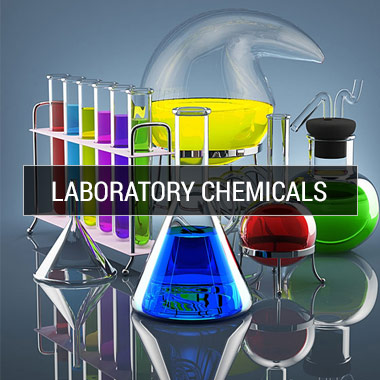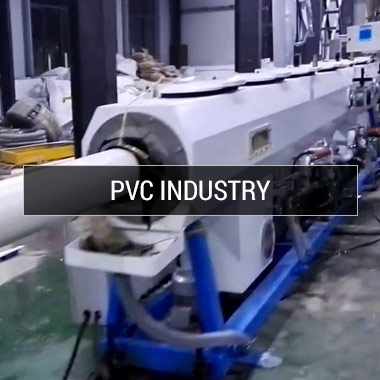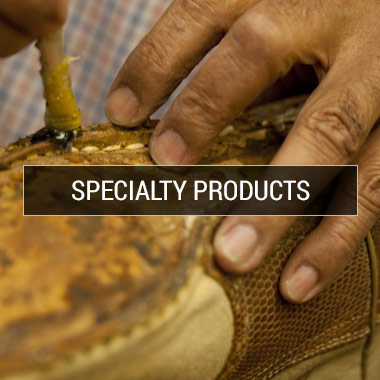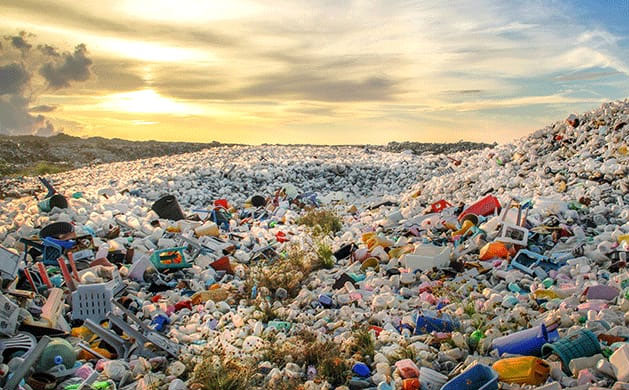
Plastic Pollution. Should we be concerned?
July 04, 2022 · Sanjay Potti
Some of us who followed the recent News would have come across the ban of single-use plastic (SUP) items from July 1, 2022. Now, we all know how integral a role plastic plays in our life, be it in the PPE kits that saved us during Covid or plastic applications in almost every day-to-day item that we use, including the laptop or smartphone that you are reading this from.
So, what is the ban all about and should we be really concerned about plastic pollution? Let’s deep dive to understand.
Background on the Ban
According to the Central Pollution Control Board (CPCB), India generates around 2.4 lakh tonnes of SUP per annum which translates into a per capita SUP production of 0.18 kg per year. To curb pollution due to such large amounts of littered and unmanaged plastic waste, India piloted a resolution on addressing SUP products pollution at the 4th United Nations Environment Assembly in 2019.
Did the ban come off as a surprise? Not really. The ministry had issued a notification in August last year prohibiting the manufacture, import, stocking, distribution, sale, and use of identified SUP commodities, including polystyrene and expanded polystyrene from July 1, 2022.
What is the big deal? What if you don’t follow the ban, you may ask. The government has cleared that violation of the ban will invite punitive action, including a fine or a jail term or both, detailed under Section 15 of the Environment Protection Act (EPA) and under bylaws of respective municipal corporations.
What all is Banned?
While the list of single-use plastic (SUP) items being banned from July 1 is not comprehensive, it has defined SUP commodities as “plastic items intended to be used once for the same purpose before being disposed of or recycled”. One key thing to note here is that it excludes multi-layer plastic, which is used for packaging in the FMCG sector, which officials said, will be covered under the Extended Producer Responsibility (EPR) guidelines.
Now, what is multi-layer plastic and EPR? I will explain that in a bit.
So essentially, the ban covers items such as plastic carry bags (less than 75 microns in thickness, to be revised to 120 microns in December 2022), earbuds, plastic crockery items (spoons, plates, glasses), plastic cigarette packets, etc.
Now lets deep dive into what the real problem is by first understanding what plastics are and what is the real concern that surrounds the use of plastic.
What is plastic
Plastics are a wide range of synthetic or semi-synthetic materials that use polymers as a main ingredient. Its property called plasticity makes it possible for plastics to be moulded, extruded or pressed into solid objects of various shapes. Plastics also have a range of other useful properties, such as being lightweight, durable, flexible, and inexpensive to produce.
Plastics have brought massive economic benefits to these sectors, thanks to their combination of low cost, versatility, durability, and high strength to- weight ratio. Its increasing range of applications has led to the exponential growth in their production over the past half-century (Figure 1). Since 1964, plastics production has increased twenty-fold, reaching 311 million tonnes in 2014.By some forecasts, plastics production is expected to reach a massive 1124 million tonnes by 2050.

Source: The New Plastics Economy: Rethinking the future of plastics – Ellen Macarthur Foundation
Figure 1: Plastic production across the years (in Million Metric Tonnes)
Plastic Production
The plastics industry is highly reliant on finite stocks of oil and gas, which make up more than 90% of its feedstock. It is estimated that 4–8% of the world’s oil production is used to make plastics; roughly half of this is used as material feedstock and half as fuel for the production process. If the current strong growth of plastics usage continues as expected the consumption of oil by the entire plastics sector will account for 20% of the total consumption by 2050.
The effect of plastics on global warming is mixed. Even though production of plastics from petroleum creates emissions, the lightness and durability of plastic versus alternatives like glass or metal, reduces fuel consumption in transportation. As a result of these characteristics, plastics are increasingly replacing other packaging materials. For example, packaging beverages in PET plastic rather than glass or metal is estimated to save 52% in transportation energy.
Plastic applications
Today, imagining a world without plastics is nearly impossible. Plastics are increasingly used across the economy, serving as a key enabler for sectors as diverse as packaging, construction, transportation, healthcare, and electronics. Plastics now make up roughly 15% of a car by weight and about 50% of the Boeing Dreamliner.
Plastic finds the largest application in the Packaging industry which represents 26% of the total volume of plastics produced. Plastic packaging volumes are expected to continue their strong growth to 318 million tonnes annually by 2050 – more than the entire plastics industry today.
What is MLP?
MLP stands for Multi-Layered Plastic. It is a type of plastic most commonly used for the packaging of food items such as chips, biscuits, chocolates, and other snacks. Mostly, MLP packets have two sheets of plastic enclosing a layer of aluminium, but technically MLP can be any material that has at least one layer of plastic. These multiple layers prevent food contamination and help in transport and storage.
Given the commercial value and advantages of MLP over its alternatives, it has become omnipresent. Every household contributes to the generation of MLP waste in the world. However, due to its multi-layered structure, its single-use nature, disposed quantities and lack of efficient collection and processing or safe disposal system, MLP poses several challenges.
Plastic disposal and recycling
As can be seen from Figure 2 below, out of 78 million tonnes of plastic used in packaging, only 2 % gets recycled into similar quality plastics. 8 % is recycled into lower value applications. 14 % gets incinerated or undergoes energy recovery through processes like pyrolysis. An overwhelming 72% is not recovered at all. Almost 40% waste plastic ends up in landfills while 32 % leaks into the environment thereby polluting water bodies, soil, etc.
As per one statistic, each year, at least 8 million tonnes of plastics leak into the ocean – which is equivalent to dumping the contents of one garbage truck into the ocean every minute. If no action is taken, this is expected to increase to four per minute by 2050. Estimates suggest that plastic packaging represents the major share of this leakage. It is estimated that there are over 150 million tonnes of plastics in the ocean today.

Source: The New Plastics Economy: Rethinking the future of plastics – Ellen Macarthur Foundation
Figure 2: Global flows of plastic packaging materials in 2013.
Mechanisms by which plastic causes pollution
Many of the controversies associated with plastics actually relate to their additives, as some compounds can be persistent, bioaccumulating and potentially harmful.
Now what are additives, you may ask. Additives are chemicals blended into plastics to change their performance or appearance to better suit their intended applications. Although additives remain chemically distinct from plastic, it can gradually leach back out during normal use, when in landfills, or following improper disposal in the environment. Additives may also degrade to form other toxic molecules. Plastic fragmentation into microplastics can allow chemical additives to move in the environment far from the point of use.
But what are microplastics? Microplastics are fragments of any type of plastic less than 5 mm (0.20 in) in length, according to the U.S. National Oceanic and Atmospheric Administration (NOAA) and the European Chemicals Agency. They cause pollution by entering natural ecosystems from a variety of sources, including cosmetics, clothing, food packaging, and industrial processes.
Since plastics degrade slowly (often over hundreds to thousands of years), microplastics have a high probability of ingestion, incorporation into, and accumulation in the bodies and tissues of many organisms. Presence of micro plastics have been found in aquatic animals like fishes and even in samples of human blood.
I know, sounds quite scary!
Main challenges with waste plastic disposal and recycling
Some of the main challenges when it comes to plastic recycling are as below:-
- Incentive for Front line workers: Waste collectors and rag pickers typically don’t collect thin plastics and MLPs as it is an extremely low value (INR 2-4/Kg compared to INR 25-30/Kg for PET, for example). Since most waste collection is done manually, picking larger weights of these materials would require substantially more physical effort with very little monetary benefit and hence goes uncollected.
- Lack of Consumer awareness: There is little awareness among consumers about the need to segregate plastic waste separately and even if there is awareness, many don’t put the extra effort to do so. As a result, collected household plastic waste is often found contaminated and mixed with organic waste. Rag pickers are often reluctant to pick such waste and hence goes uncollected.
- Segregation of plastic: The recycling process of plastics is cumbersome because plastic waste is often mixed with many varieties of plastic, and they have to be cleaned thoroughly and separated based on its type. This process is especially difficult in case of MLP’s and hence they are often disposed by incineration or dumped in landfills. Incineration results in toxic air pollutants like dioxins.
- Economic feasibility: Recycling certain types of plastics like PVC, can be costly as it requires higher metallurgy equipment due to presence of chloride. Moreover, even in processes for plastic to fuel conversion, the price point of fuel produced may be higher than cheaper fossil fuels without the government providing subsidies or tax benefits.
- Ineffective implementation of EPR: EPR (Extended Producer Responsibility) framework needs to be effectively implemented.
What is EPR? The EPR framework was introduced as part of Plastic Waste Management (PWM) rules, that places the primary responsibility for collection of used multi-layered plastic sachet or pouches or packaging on the Producers, Importers and Brand Owners who introduce the products in the market. These stakeholders sometimes try to find loopholes in the framework to get away with the additional costs of plastic recycling.
Solutions and Way forward
Can we simply ban plastic entirely? No.
A blanket ban on plastics would be too disruptive for the plastic industry as well as the economy as a whole since plastics are interlinked with almost all industries.
Another major challenge is the lack of substitutes for plastic which can result in poor customer experience. For instance, I personally feel that the paper straws are a poor substitute for plastic straws when drinking liquids.
At a global or national level, some steps that can be taken are as follows:-
- Create policies for the development of a common vision and greater coordination/knowledge transfer among countries related to plastic recycling and disposal.
- Improve after-use collection, storage, and reprocessing infrastructure in high-leakage countries. Align incentives and improve safety of front line workers to increase waste plastic collection. Also look for possibility of automating the collection and segregation process.
- Increase the economic attractiveness of keeping materials in the system to reduce wastage.
- Increase R&D spending to steer innovation investment towards creating materials/plastic-substitutes that reduce the negative environmental impact of plastic packaging leakage (e.g.: Bioplastics).
- Decouple plastic from fossil fuels. Identify alternate feedstocks like biomass or waste vegetable oil to reduce greenhouse emissions.
- Educating consumers – Nations must increase marketing spends on educating citizen on the importance of plastic waste segregation and disposal best practices.
- EPR – Government must identify existing loopholes in the EPR framework and fill the gaps so that companies adhere to the requirements strictly.
What can we do as individuals?
- Follow best practices for disposing plastic waste separately and wash plastic items before disposal so that it isn’t mixed with organic waste.
- Minimize the use of plastic. For instance, avoid asking for cutlery when ordering food online or carry your own bags when going to a supermarket.
- Educate others who may not be aware about plastic pollution by sharing this blog :)
Sources:
1) The New Plastics Economy: Rethinking the future of plastics – Ellen Macarthur Foundation
2) https://www.linkedin.com/pulse/multilayered-plastic-report-mlp-menace-india-nikhil-jacob/
3) https://www.indiatoday.in/environment/story/single-use-plastic-ban-kicks-in-from-today-what-you-need-to-know-1969140-2022-07-01
4) https://en.wikipedia.org/wiki/Plastic
Quick Enquiry
To know more about Associated Chemicals feel free to send a message
 Our Sister Concerns
Our Sister Concerns 


Usefull Links
Get In Touch
Assochem Chambers, Bypass, Edapally,
Kochi-682024, Kerala, India.
Phones : +91 9495999349, +91 9388610189, +91 484 2339190, +91 484 2348028
E-mail : nsn@assochem.in, marketing@assochem.in, mail@assochem.in
Support





